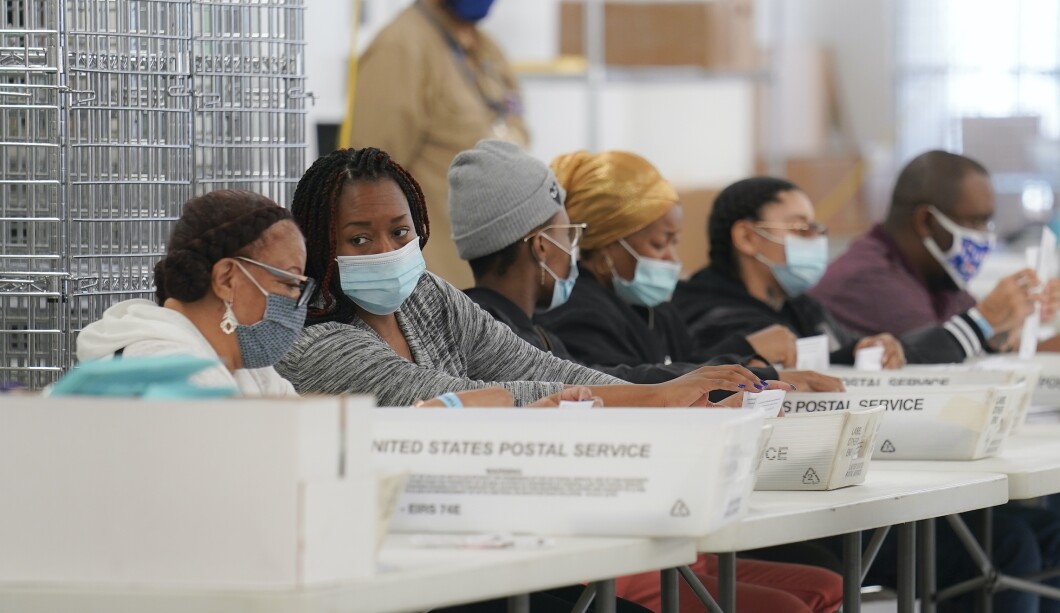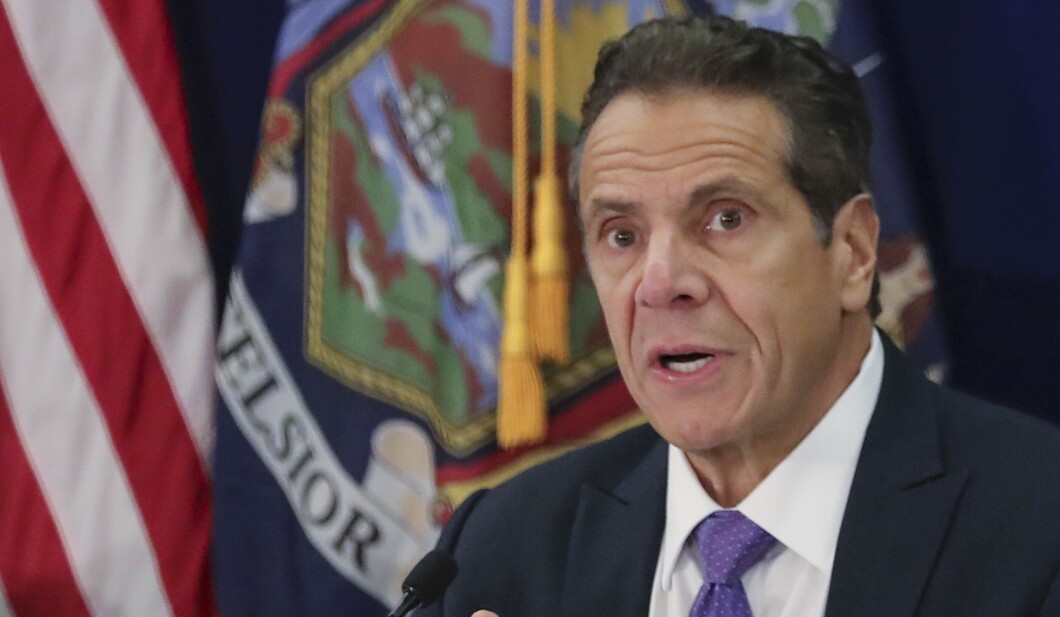
The Supreme Court could take up a petition from third-party political groups in New York who say the state’s ballot restrictions effectively limit the electoral playing field to only Democratic and Republican voter appetites.
On June 30, the New York State Board of Elections responded in opposition to a petition filed by the Libertarian Party of New York and the Green Party of New York that seeks to challenge the state’s “virtually impossible” thresholds for independent minor political parties to gain and retain access to the ballot. The minority parties argue the rules violate the First and Fourteenth Amendments.
CALIFORNIA REPARATIONS: HOW LIKELY ARE THE PROPOSALS TO PASS?

Since 2020, to become or remain a recognized party in the Empire State, a political organization needs to obtain greater than 2% of the actual votes cast or 130,000 votes “in a single, top-of-the-ticket race, every two years,” according to the NYSBE response brief.
“The Second Circuit concluded that these measures pass constitutional muster,” attorneys for the board wrote, arguing that the 2020 changes align with the Supreme Court’s Anderson-Burdick test, under which almost any voting rule can be subjected to judicial scrutiny.
Center for Competitive Democracy legal counsel Oliver Hall, who is filing on behalf of the third-party organizations, told the Washington Examiner he recognizes the Supreme Court takes up a minimal percentage of cases petitioned each term, “particularly so with cases involving claims from non-major political parties, which the Court has not entertained in several decades.”
“Nevertheless, that context is exactly where the Anderson-Burdick framework was developed and this case provides the court with an ideal vehicle to clarify or replace that framework,” Hall said.
In the two parties’ March 13 petition to the justices, they say that the question of how ballot access requirements should be constitutionally judged should be ripe for reconsideration, given that it is “virtually impossible for any but the two major parties to achieve ballot positions for their candidates.”
“The increased petition threshold is the third highest in the nation in absolute terms,” according to Richard Winger, editor of Ballot Access News, who submitted testimony in support of the challengers at the federal district court level. Winger also said that in order to qualify to run for the 2024 presidential election in New York, the state “has the nation’s third earliest petition deadline.”
Winger also told the Washington Examiner that the 2020 changes to Empire State election law force the party seeking to qualify for the ballot to run a candidate for president.
“Why should a ballot-qualified party be forced to run a presidential nominee when history is full of important state third parties that didn’t want to be involved in the presidential race?” Winger said.
Brian Ginsberg, a partner in the appellate practice group at Harris Beach PLLC who is representing the NYSBE, told the Washington Examiner in an email that the requirement for a political organization to win sufficient voter support at both the gubernatorial and presidential election in order to achieve and retain “party” status in the state “does not impose an unconstitutional burden on the electoral process.”
“This new requalification standard simply recognizes the importance of ensuring that any political organization enjoying an entitlement to place candidates on the ballot has at least a modicum of consistent, sustained voter support among the electorate,” Ginsberg said.
But Winger has also said that the Supreme Court should resort to an earlier standard that was found in 1974’s Storer v. Brown and 1977’s Mandel v. Bradley, saying those cases set the idea that state ballot access restrictions should be judged with heightened scrutiny if their effects appear to stifle third-party candidates’ ability to qualify in a state’s race.

The effects of the rule changes were already on display in the 2022 general election. For the first time since 1946, New Yorkers had just two choices for governor in the match-up between Gov. Kathy Hochul (D) and Rep. Lee Zeldin (R).
The Green and Libertarian parties argued that the Empire State’s former governor sought to limit third parties in future elections, writing in their brief that “Governor Cuomo publicly stated that he intended to eliminate all but what he considered ‘legitimate’ parties.”
The challengers lost their bid to overturn the ballot access rules at the federal district and appeals court level, prompting their petition to the high court for review.
In the Supreme Court’s more recent term, the justices settled a dispute in a high-profile case known as Moore v. Harper, which found that state courts do have a role in adjudicating legislature-drawn maps or weighing new election law rules that are challenged in court.
“In Moore v. Harper, the court has shown that there remains a federal role in policing state legislatures’ manipulation of the electoral process,” Hall told the Washington Examiner.
CLICK HERE TO READ MORE FROM THE WASHINGTON EXAMINER

“Governor Cuomo included them in a budget at the height of the COVID pandemic — not as part of an independent bill intended to amend the Election Code — and any non-biased observer will see them as designed to eliminate all independent minor parties in New York State,” Hall added.
With around 16 arguments based on 17 cases set for the 2023 Supreme Court term this fall, the justices still have plenty of room to add more cases to the docket, though it remains to be seen whether they will agree to grant the case, LBNY v. NYSBE this coming term. A decision on whether to take it will likely be made by sometime this fall.





